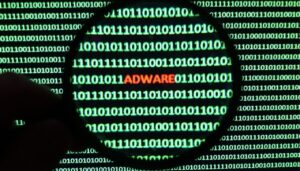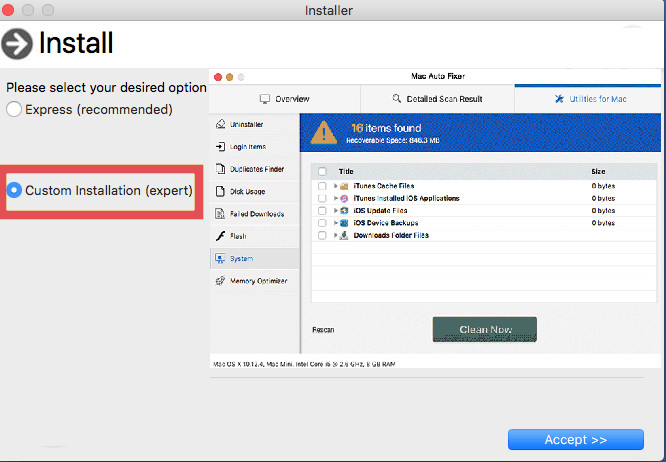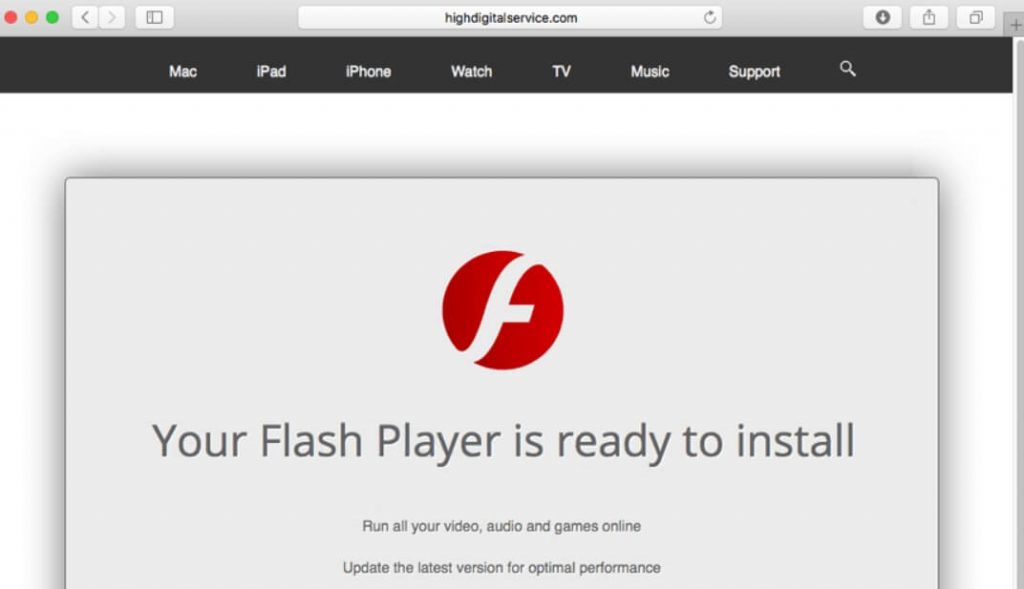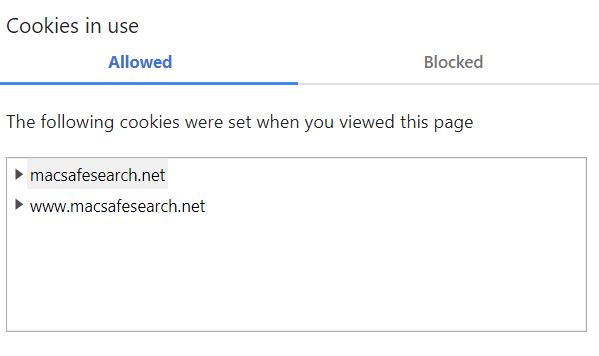What Is MultiBoard on Mac?
MultiBoard is an app created to affect certain macOS settings and then access browsers installed on the system. It is classified as an adware program although many affected users view of it as a Mac virus.
MultiBoard adware on Mac can run processes that affect the proper and secure performance of your browsers and system. You may notice changes in web browser settings which are applied without your permission.
The phoney software won’t explicitly ask you whether you want to install it or not. Its presence on the Mac may remain hidden for a while. But you have to find a way to remove MultiBoard adware from the affected Mac so that it can’t keep lowering system security and endangering online privacy. You can check out the removal steps listed below.

MultiBoard Summary
| Name | MultiBoard |
| Type | Adware, PUP, Redirect for Mac |
| Short Description | Aims to modify the settings on your computer in order to cause browser redirects and display adverts. |
| Symptoms | The appearance of various types of online advertisements results in lowered macOS security and slowed Mac performance. |
| Distribution Method | Software bundles; Dangerous web pages which advertise it; Fake software updates. |
| Detection Tool |
See If Your Mac Has Been Affected by MultiBoard
Download
Malware Removal Tool
|
MultiBoard – How Did I Get Infected?
The detections of various reputable anti-malware tools for macOS show that MultiBoard is a potentially undesired application that acts as adware. It poses a certain danger to the security of the operating system.
It is very likely that you missed the moment when this app got installed on the machine. Fraudsters tend to use various distribution methods to trick users to install PUPs on their Mac devices.
The shady methods usually include:
- Fake software updates.
- Torrent files.
- Software packages.
- Bogus ads.
The image below shows an app installer configured to run additional potentially undesired app:
Fake Adobe Flash Player Updates may also be part of the distribution campaigns for MultiBoard adware. You can see how a fake website claiming that you need to install a dangerous update could be designed:
MultiBoard – What Does It Do?
MultiBoard is an ad-supported application that alters web browser settings with the goal to show annoying ads for profit. After, its installation your browsing sessions may be flooded by a number of bogus ads of different types.
PUPs are designed to support fraudsters’ goals. Hence, every click on an ad delivered by a bogus adware app will generate revenue for them. Here are a few more apps that should be kept away from the macOS:
Yet another issue caused by this adware which you may miss noticing is the unnoticed collection of certain data. By activating various tracking technologies the adware program may collect data for its operators and then transfer recorded data to remote servers. Usually, the data defines some technical parameters of your device and your online browsing habits. After receiving data, adware owners could misuse it for bogus purposes.
Example of cookies that have been added to a browser in orde to collect data:
One of the most important steps for your privacy and security is to find and delete all harmful trackers.
Is MultiBoard a Virus?
Browsers affected by the MultiBoard program may be forced to load lots of suspicious ads. The affected browser could become sluggish or completely unresponsive.
- Pop-ups,
- Pop-unders,
- Banners,
- In-text links,
- Images,
- Video,
- Fake notifications, etc.
What makes MultiBoard adware dangerous is its chance to show ads that promote poorly secured or corrupted websites. This issue, in turn, may trick you to visit sites that endanger your online privacy and security by offering you to download rogue or malicious software.
If you focus on the immediate removal of MultiBoard adware from your Mac, you can prevent some serious security issues.

How to Remove MultiBoard from Mac
In order to remove MultiBoard adware along with all associated files installed on the system, you should follow several removal steps. The guide below reveals all removal steps in their precise order.
You could follow either manual or automatic removal steps. In order to fully get rid of all present undesired programs and improve macOS security, we recommend that you combine the steps.
In case you have further questions or need additional help with the removal process, don’t hesitate to leave a comment. We will be glad to get in touch with you.
Steps to Prepare Before Removal:
Before starting to follow the steps below, be advised that you should first do the following preparations:
- Backup your files in case the worst happens.
- Make sure to have a device with these instructions on standy.
- Arm yourself with patience.
- 1. Scan for Mac Malware
- 2. Uninstall Risky Apps
- 3. Clean Your Browsers
Step 1: Scan for and remove MultiBoard files from your Mac
When you are facing problems on your Mac as a result of unwanted scripts and programs such as MultiBoard, the recommended way of eliminating the threat is by using an anti-malware program. SpyHunter for Mac offers advanced security features along with other modules that will improve your Mac’s security and protect it in the future.

Quick and Easy Mac Malware Video Removal Guide
Bonus Step: How to Make Your Mac Run Faster?
Mac machines maintain probably the fastest operating system out there. Still, Macs do become slow and sluggish sometimes. The video guide below examines all of the possible problems that may lead to your Mac being slower than usual as well as all of the steps that can help you to speed up your Mac.
Step 2: Uninstall MultiBoard and remove related files and objects
1. Hit the ⇧+⌘+U keys to open Utilities. Another way is to click on “Go” and then click “Utilities”, like the image below shows:

2. Find Activity Monitor and double-click it:

3. In the Activity Monitor look for any suspicious processes, belonging or related to MultiBoard:


4. Click on the "Go" button again, but this time select Applications. Another way is with the ⇧+⌘+A buttons.
5. In the Applications menu, look for any suspicious app or an app with a name, similar or identical to MultiBoard. If you find it, right-click on the app and select “Move to Trash”.

6. Select Accounts, after which click on the Login Items preference. Your Mac will then show you a list of items that start automatically when you log in. Look for any suspicious apps identical or similar to MultiBoard. Check the app you want to stop from running automatically and then select on the Minus (“-“) icon to hide it.
7. Remove any leftover files that might be related to this threat manually by following the sub-steps below:
- Go to Finder.
- In the search bar type the name of the app that you want to remove.
- Above the search bar change the two drop down menus to “System Files” and “Are Included” so that you can see all of the files associated with the application you want to remove. Bear in mind that some of the files may not be related to the app so be very careful which files you delete.
- If all of the files are related, hold the ⌘+A buttons to select them and then drive them to “Trash”.
In case you cannot remove MultiBoard via Step 1 above:
In case you cannot find the virus files and objects in your Applications or other places we have shown above, you can manually look for them in the Libraries of your Mac. But before doing this, please read the disclaimer below:
1. Click on "Go" and Then "Go to Folder" as shown underneath:

2. Type in "/Library/LauchAgents/" and click Ok:

3. Delete all of the virus files that have similar or the same name as MultiBoard. If you believe there is no such file, do not delete anything.

You can repeat the same procedure with the following other Library directories:
→ ~/Library/LaunchAgents
/Library/LaunchDaemons
Tip: ~ is there on purpose, because it leads to more LaunchAgents.
Step 3: Remove MultiBoard – related extensions from Safari / Chrome / Firefox









MultiBoard-FAQ
What is MultiBoard on your Mac?
The MultiBoard threat is probably a potentially unwanted app. There is also a chance it could be related to Mac malware. If so, such apps tend to slow your Mac down significantly and display advertisements. They could also use cookies and other trackers to obtain browsing information from the installed web browsers on your Mac.
Can Macs Get Viruses?
Yes. As much as any other device, Apple computers do get malware. Apple devices may not be a frequent target by malware authors, but rest assured that almost all of the Apple devices can become infected with a threat.
What Types of Mac Threats Are There?
According to most malware researchers and cyber-security experts, the types of threats that can currently infect your Mac can be rogue antivirus programs, adware or hijackers (PUPs), Trojan horses, ransomware and crypto-miner malware.
What To Do If I Have a Mac Virus, Like MultiBoard?
Do not panic! You can easily get rid of most Mac threats by firstly isolating them and then removing them. One recommended way to do that is by using a reputable malware removal software that can take care of the removal automatically for you.
There are many Mac anti-malware apps out there that you can choose from. SpyHunter for Mac is one of the reccomended Mac anti-malware apps, that can scan for free and detect any viruses. This saves time for manual removal that you would otherwise have to do.
How to Secure My Data from MultiBoard?
With few simple actions. First and foremost, it is imperative that you follow these steps:
Step 1: Find a safe computer and connect it to another network, not the one that your Mac was infected in.
Step 2: Change all of your passwords, starting from your e-mail passwords.
Step 3: Enable two-factor authentication for protection of your important accounts.
Step 4: Call your bank to change your credit card details (secret code, etc.) if you have saved your credit card for online shopping or have done online activiites with your card.
Step 5: Make sure to call your ISP (Internet provider or carrier) and ask them to change your IP address.
Step 6: Change your Wi-Fi password.
Step 7: (Optional): Make sure to scan all of the devices connected to your network for viruses and repeat these steps for them if they are affected.
Step 8: Install anti-malware software with real-time protection on every device you have.
Step 9: Try not to download software from sites you know nothing about and stay away from low-reputation websites in general.
If you follow these reccomendations, your network and Apple devices will become significantly more safe against any threats or information invasive software and be virus free and protected in the future too.
More tips you can find on our MacOS Virus section, where you can also ask any questions and comment about your Mac problems.
About the MultiBoard Research
The content we publish on SensorsTechForum.com, this MultiBoard how-to removal guide included, is the outcome of extensive research, hard work and our team’s devotion to help you remove the specific macOS issue.
How did we conduct the research on MultiBoard?
Please note that our research is based on an independent investigation. We are in contact with independent security researchers, thanks to which we receive daily updates on the latest malware definitions, including the various types of Mac threats, especially adware and potentially unwanted apps (PUAs).
Furthermore, the research behind the MultiBoard threat is backed with VirusTotal.
To better understand the threat posed by Mac malware, please refer to the following articles which provide knowledgeable details.






